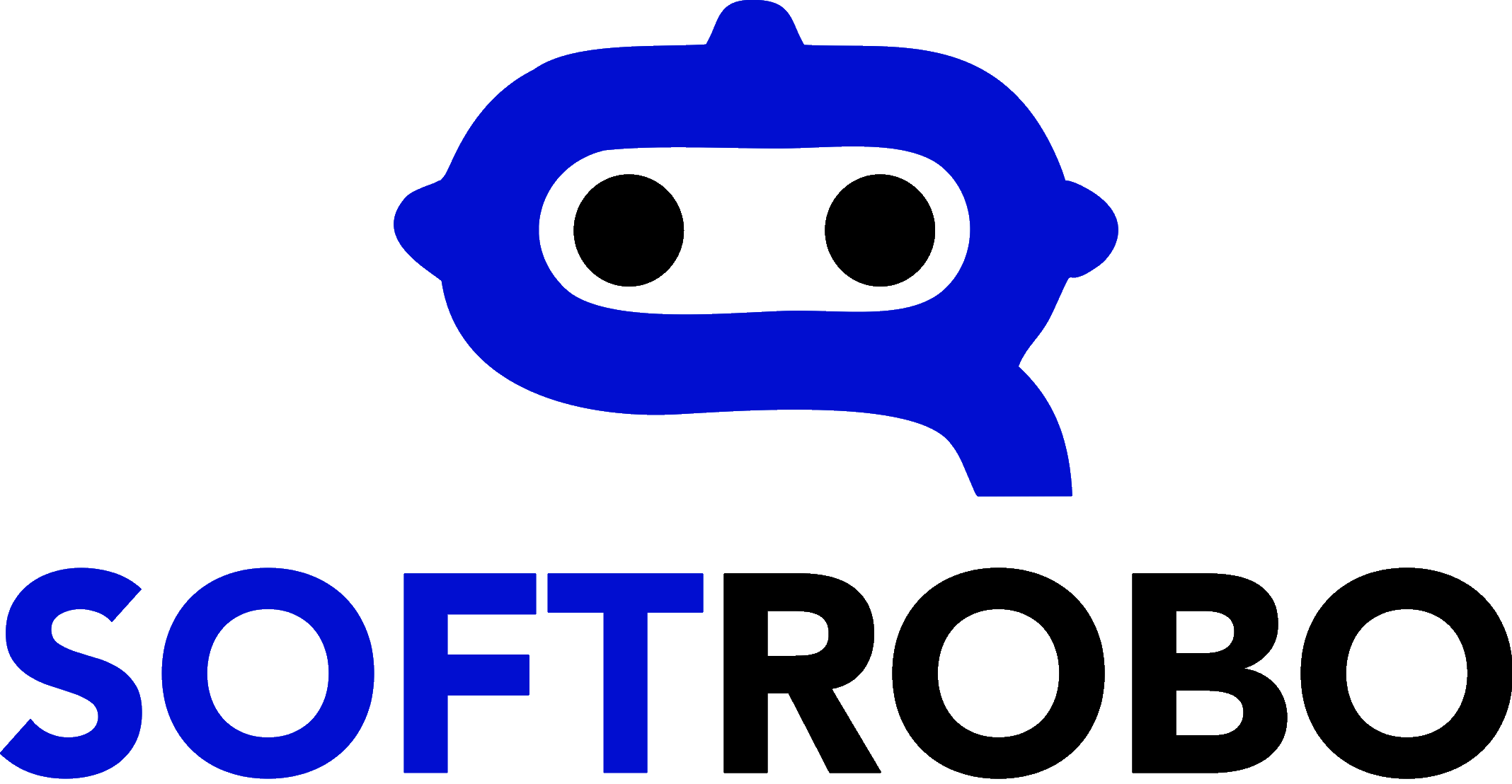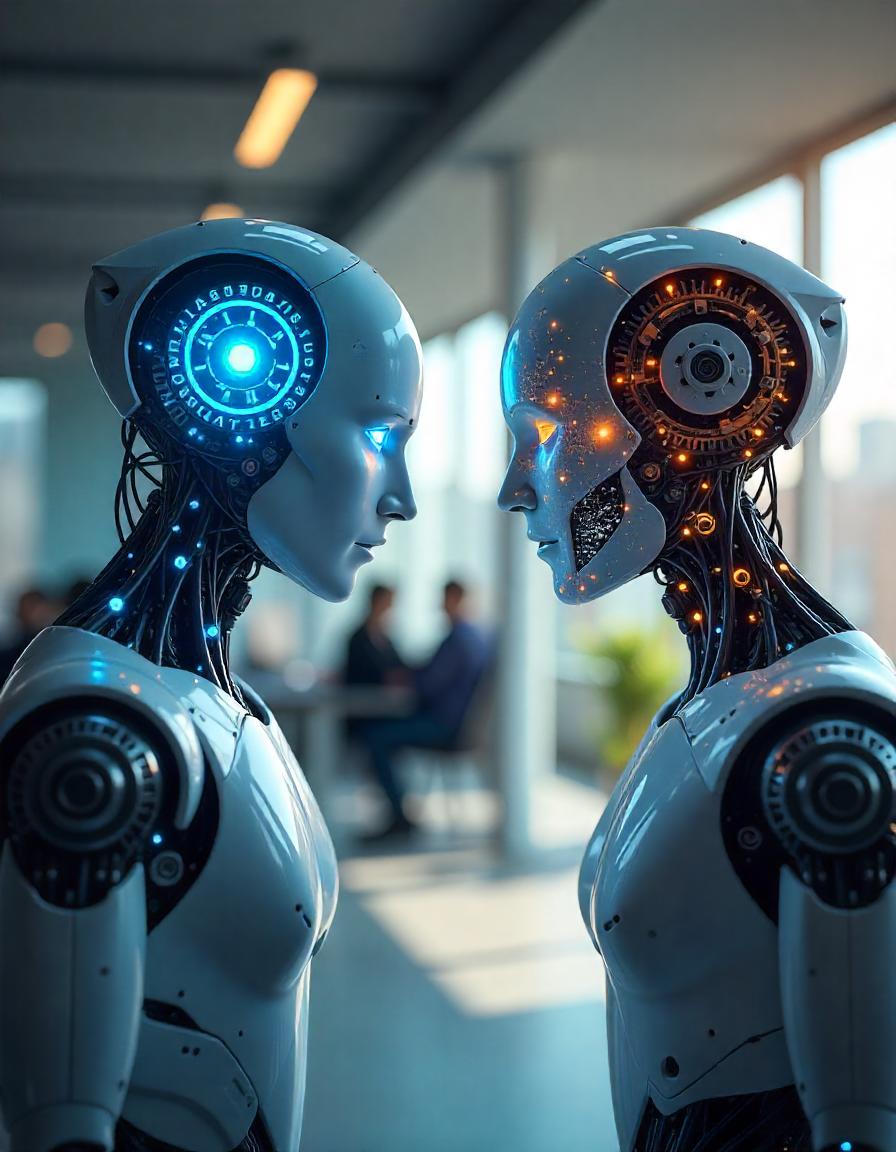Businesses are increasingly turning to automation to boost efficiency and improve competitiveness, understanding the differences of Artificial Intelligence (AI) and Robotic Process Automation (RPA) has never been more crucial. Both have distinct capabilities that can revolutionize business processes. But what is the best way to determine which one is best suited to your business?
This blog is designed to dissect the fundamental features that lie behind AI and RPA as well as highlight the differences between them and scenarios where one method may be superior to the other. Additionally, you’ll discover the latest patterns in AI automation in the UK providing you with the knowledge necessary to help you prepare your business for the future.
Understanding AI
Artificial Intelligence is an advanced technology that allows machines to emulate human intelligence. This technology can be used to learn, problem solving, thinking, reasoning, and making decisions.
Key Capabilities of AI:
- Learning and Adaptation AI systems grow as they progress by taking in new data and discovering patterns.
- Problem Solving From prescriptive analytics, to the autonomous process of making decisions AI excels at solving difficult problems.
- Natural Language Processing (NLP) is a method of enabling human-like interactions via bots that chat, speech recognition and analysis of sentiment.
Common AI Applications in Business:
- Support for Customers: AI chatbots offer personalised assistance 24/7 and increase the customer experience.
- Fraud Detection: The latest algorithms detect anomalies in real time which reduces the financial loss.
- Predictive maintenance: Industries such as manufacturing and energy utilize AI to identify failures of equipment before they occur.
Understanding RPA
RPA is a rule-based system designed to mimic human movements to automate mundane and repetitive tasks.
Key Capabilities of RPA:
- Task Automation: Automates rules-driven processes with high-precision.
- Data Moving: Transfers, extracts and processes data between systems with no any manual intervention.
- No Training Required: Unlike AI, RPA follows predefined instructions and doesn’t change or change.
Common RPA Applications in Business:
- Data Entry: Automatically the transfer of data between different software platforms.
- Invoice Processing: Improves the speed of accounts payable while minimizing mistakes.
- Regulation Compliance: Ensures compliance to regulations without the risk that human errors could be a cause.
Key Differences Between AI and RPA
1. Automation Scope
- AI automatizes complicated as well as cognitive processes, providing strategic insight.
- RPA manages repetitive, rule-based jobs to increase operational efficiency.
2. Data Processing
- AI thrives on unstructured data and employs machine learning to extract the most value from it.
- RPA is most effective when it has well-structured data and predefined workflows.
3. Learning and Adaptability
- AI constantly learns and adjusts.
- RPA is static, and strictly adhering to the established rules.
4. Complexity and Cost
- AI generally requires more investments and skills, but it can provide long-term advantages.
- RPA is more efficient to deploy and comes with a lower initial expense, which makes it perfect for smaller tasks.
Use Cases: Where AI and RPA Shine
Where AI Is Better Suited:
- complex decision-making tasks such as the detection of fraud and analytics that are predictive.
- Marketing campaigns that are tailored to the behaviour of customers.
- The development of autonomous systems, such as self-driving vehicles or advanced diagnostics in healthcare.
Where RPA Is Better Suited:
- Tasks that are repetitive and high-volume like creating monthly reports or reconciling data.
- Ensure accuracy and compliance in areas such as HR and finance.
- As an intermediary between systems that can’t be integrated directly.
Integration Scenarios: When AI and RPA Work Together
AI and RPA do not have to be competing and can be a perfect match. In particular, integrating AI’s capabilities with RPA’s can help:
- End-to-end automated customer service in which RPA handles forms, and AI handles customer interaction.
- Intelligent document processing using AI to extract data that is not structured and RPA to organize it into structured systems.
Top 10 AI Automation Trends in the UK for 2025
1. AI-Powered Customer Service
- In fact, UK companies using AI chatbots see a 40 percent improvement in customer satisfaction. 24/7 AI assistance is changing how customers experience.
2. AI in Healthcare
- In fact, AI-driven diagnostics can improve the accuracy of diagnostics by 30 percent which allows faster and more effective treatments.
3. AI for Fraud Detection
- The fact is that AI detects 95 percent of fraudulent transactions, protecting businesses from financial loss.
4. AI in Manufacturing
- Automating predictive maintenance can reduce interruptions and increase productivity in smart factories.
5. AI in Transportation
- AI-powered delivery vehicles and autonomous logistics improve the efficiency of the supply chain.
6. Personalised Education
- AI can create personalised learning experiences that improve student performance.
7. AI in Cybersecurity
- Advanced AI systems block 90% of cyber-attacks providing businesses with a strong security.
8. AI in Retail
- From forecasting inventory to personalizing customer experiences AI has revolutionized retail processes.
9. AI for Grid Optimisation
- AI improves sustainability through optimizing the energy grids and cutting down on consumption.
10. Ethical AI and Regulations
- With AI adoption growing and adoption of AI increasing, the compliance with ethical standards as well as privacy laws will be crucial.
Final Thoughts and Next Steps
The decision to choose the right option between AI and RPA will depend on your company’s particular needs. If you’re looking to make quick operational gains, RPA might be the best option. To achieve long-term strategic change, AI could offer the competitive edge you’re looking for. Keep in mind that combining both of them can provide the most effective of both.
Are you unsure which strategy for automation is best for your company? Contact Softrobo today. Our experts will help you find the best solution for your business.




